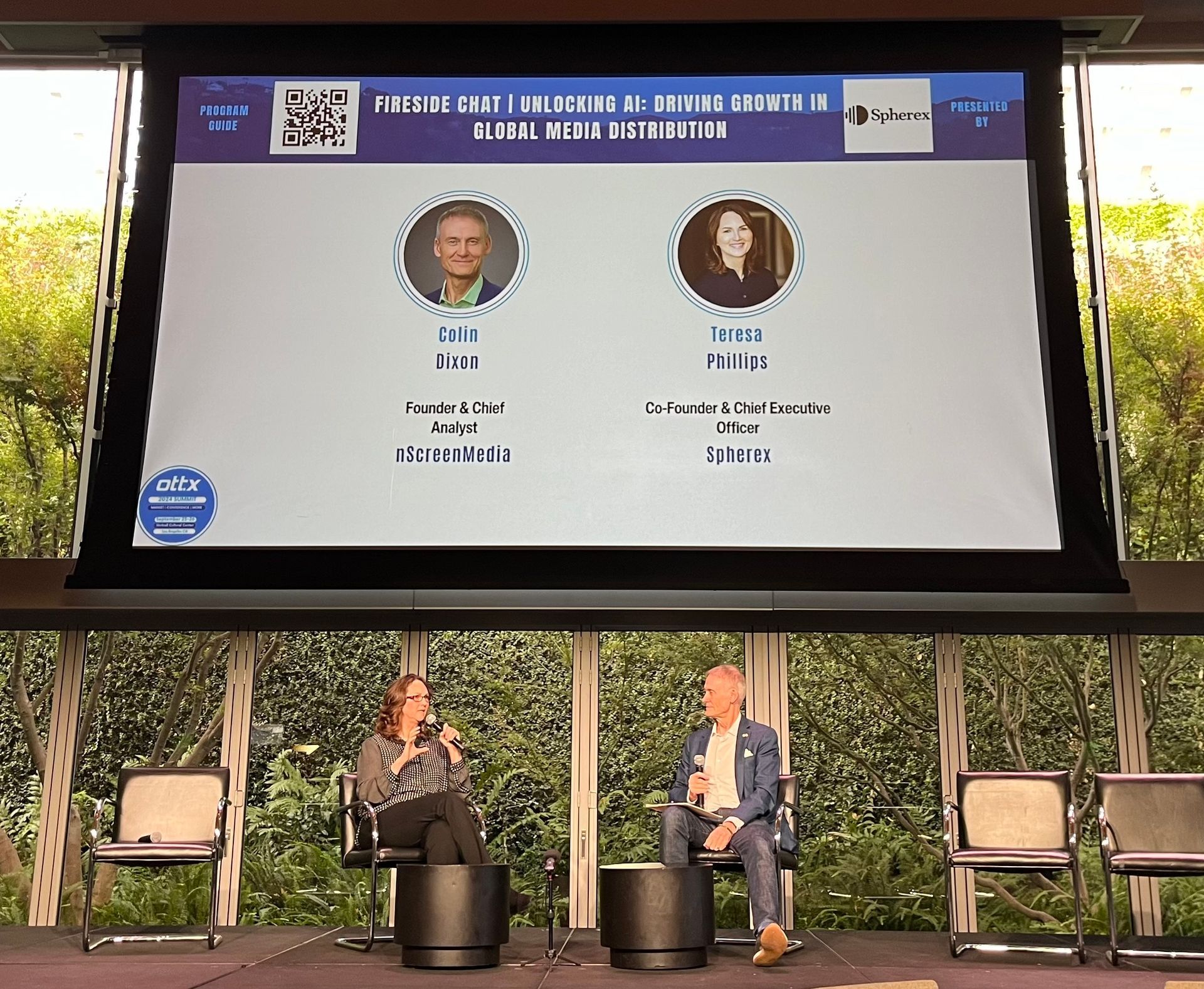How Content Culturalization Reduces Localization Headaches
During Netflix Q4 2021 earnings call, COO and Chief Product Officer Greg Peters revealed the company “subtitled 7 million run-time minutes in '21 and dubbed 5 million run-time minutes” of content to reach their 222 million subscribers worldwide. That’s 116,666 hours of subtitles and 83,333 hours of dubs they produced before releasing titles anywhere across their 192-territory footprint. That’s a massive undertaking.
Those familiar with the process know “subs and dubs” are done by separate teams of people simultaneously. Those teams include translators, editors, proofreaders, managers, producers, quality control, and others responsible for ensuring stories are translated accurately in various languages and are appropriate in as many diverse cultures worldwide as possible.
Kudos to Netflix for investing in the content that requires localization and for taking on the challenge of preparing it for global markets. But as we have shown, linguistic skills are only part of the equation. Familiarity with local culture is crucial when conveying scene or dialogue nuance in the final product. Still, not everyone has that knowledge, and it’s not always caught before a title is released.
Netflix’s remake of “Perfect Strangers” is an excellent example of how being aware of cultural or contextual issues can affect audience acceptance of a title. Released in the Middle East on January 20, the film immediately drew fire from many in the region. Because it included a gay character, some claimed critics felt the film promoted homosexuality and “moral degradation.” One critic on Twitter said Netflix “has an agenda to spread ‘deviant ideas’ to ‘normalize false ideas.’” It’s such a serious issue that lawyers in Egypt have called for an outright ban of the film or face a lawsuit against the country’s Culture Ministry. In its story on the controversy, the Hollywood Reporter said, “few would have anticipated the immediate wave of controversy it would provoke.”
Given the history of cultural sensitivities and censorship in the region to LGTBQ+ and promiscuous sexual references, the controversy should have been anticipated. Awareness of these concerns in this and other markets is not as widespread as it needs to be. Improvements must be made to incorporate what we call “culturalization” into the localization process.
Incorporating Spherex services and technologies into post-production localization efforts, culturalization offers a proven solution for preventing these types of problems. Based on the analysis of millions of titles, Spherexgreenlight™ will flag potential issues, including sexuality, morality, violence, and cultural sensitivity. Hence, the producer or localization service provider knows precisely which scene may cause problems in any market worldwide.
Netflix now must deal with the negative press and reputational hit. Indeed, some in the region think of them as a company “that spreads poisons.” Who knows what this means for future titles Netflix wants to release in the region and the willingness of regulators to allow them to exhibit? From both a legal and marketing context, it’s better to know when problems may arise before they happen.
Unfamiliarity with local culture and customs may have been what Netflix CFO Spencer Neumann alluded to when he said during their earnings call, “Entertainment is still fundamentally pretty local around the world. So, it's global and local, and we need to figure that out.” The good news is that tools and techniques are available to make localization more accurate, culturally respectful, and appropriate. It is easier to avoid being hit by the proverbial bus when you know the route it takes.
Share this post
Related Posts











